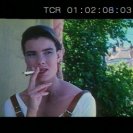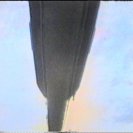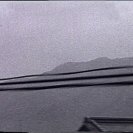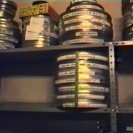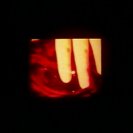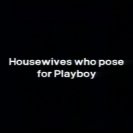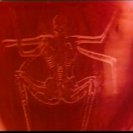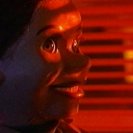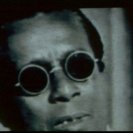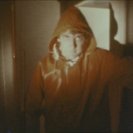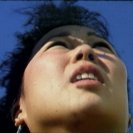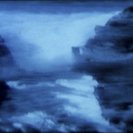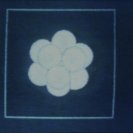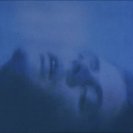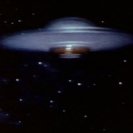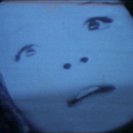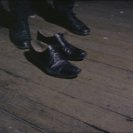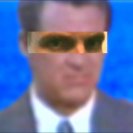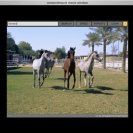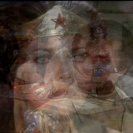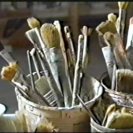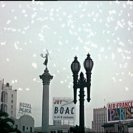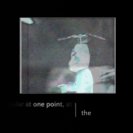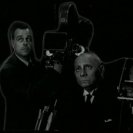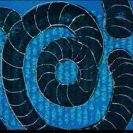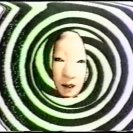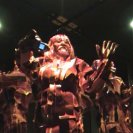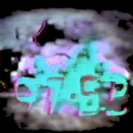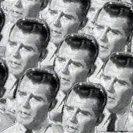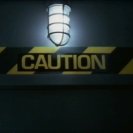SynCity highlighted 25 years of sampling in experimental screen formats such as Super 8mm film, 16mm film, video, computer animation and various digital media. The result revealed a cultural tradition that challenges and extends the relationship between entertainment media and experimental art forms. The works in SynCity have been brought together mostly from the archives of dLux MediaArts who have preserved in digital format their own public events as well as their predecessors, the Super 8 Film Group, Electronic Media Arts (EMA) and the Sydney Intermedia Network (SIN). This exhibition was the first curatorial slice through that vast resource and also the first time contemporary screen works have been placed within a living historical context.
Over the past three years the development and documentation of our collection and archive as we approached our 25thanniversary has presented us with significant challenges and opportunities. We have been acutely aware of the fact that there is little in the way of publicly available documentation and writing about the evolution of Australian experimental screen and media arts culture dating back to the 1980s, when there was a flourishing alternative arts and screen culture scene mostly driven by independent artists and filmmakers. Thus the importance of conserving, researching, documenting and presenting the work of the hundreds of screen and media artists that we have presented over the past 25 years is vital.
Throughout this process, the theme of evolution in form, aesthetics and technology has been a central consideration, and we have reached a point where we can curate new projects focused on a conceptual framework or set of ideas, which allow us to track specific trajectories of imagination and critical inquiry spanning three generations. In SynCity, and in future exhibitions, the evolution of ideas, aesthetics, modes of production or presentation that have significantly influenced and informed the current zeitgeist will be articulated. For example, in the coming years we will explore in depth the transitions from analogue to digital aesthetics, representations of the body, softwares, hardware, transgressive politics, abstraction and de-construction.
In the case of SynCity, appropriation, sampling, re-mixing, cut ups and vidding, are at the fore, wickedly critiquing the language and form of popular screen culture in an exhibition, which includes over 40 screen artists and some 50 works dating back to 1982. Such is the depth of our history. The four catalogue essays and the introduction by curator Mark Titmarsh, the DVD and exhibition website provide a necessary historical and conceptual framework for viewing SynCity and are an important first step toward documenting the evolution of both an idea and an organisation.














































